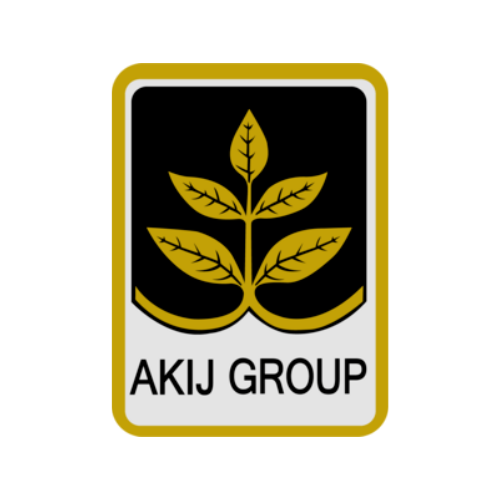
TOTAL PROTECTION FOR
ALL BUILDING CONSTRUCTION!
Ensuring total protection for all building construction, Franklin Floortech provides advanced solutions for durability, safety, and structural integrity.

GET THE BEST PRODUCT AND SERVICES
WITHIN YOUR BUDGET!
Get the best products and services within your budget. Quality and affordability go hand in hand with our offerings.

GET WORLD-CLASS FLOORING SOLUTION
FOR YOUR INDUSTRY
Experience world-class industrial flooring solutions designed for durability, quality, and performance. Upgrade your workspace with the best in the industry.

Leading the construction chemicals and industrial flooring industry since 2008 with unmatched expertise and quality.
Pioneering the construction chemicals and industrial flooring sector since 2008, delivering excellence and innovation.
Industrial Service
Proper flooring is crucial in industrial design.
Residential Services
This includes housing unit`s rooftop and basement .
Sincerity
Site Engineers are on standby for the entire project.
Dedicated Team
Civil engineers are involved in everything

The Best Service For You
Industrial flooring includes specialized systems like epoxy flooring, PU flooring, floor hardening, and polished floors, designed for use in factories, warehouses, labs, and manufacturing plants.
Read More
Franklin Floortech offers advanced waterproofing solutions to protect structures from water damage. Our products ensure long-lasting integrity and durability, covering everything from basements to roofs.
Read More
Franklin Floortech provides curing membranes and release agents to enhance concrete surfaces, improving durability and finish quality.
Read More
Road marking, also called line marking, involves applying paint or other materials on concrete, asphalt, or pavements to provide information to drivers and pedestrians.
Read More
Protective coatings shield surfaces from corrosion, wear, and environmental damage, enhancing durability and longevity.
Read More
You Need Construction Longevity Consultation For Make Your Dream House
Our Professional Team













Our Latest Complete Work

Traffic Guard
Import Cargo Terminal

Car Parking Floor
Army Multipurpose Complex

Basement Flooring
Rupayan Platinum Square

Road Marking
Hazrat Shahjalal International Airport

Car Parking
Multi Level Car Park ( HSIA)

Joint Sealant
Rancon Industrial Park

Protective Coating
Rancon Industrial Park
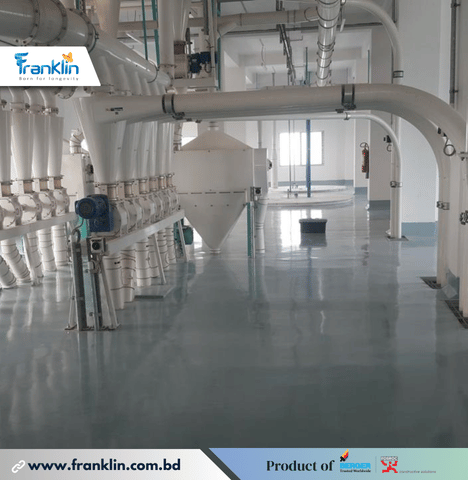
Industrial Flooring - Self leveling Epoxy
Sajeeb Flour Mill

Industrial Flooring - Nitoflor Floorcrete PU
Kazi Agro Limited
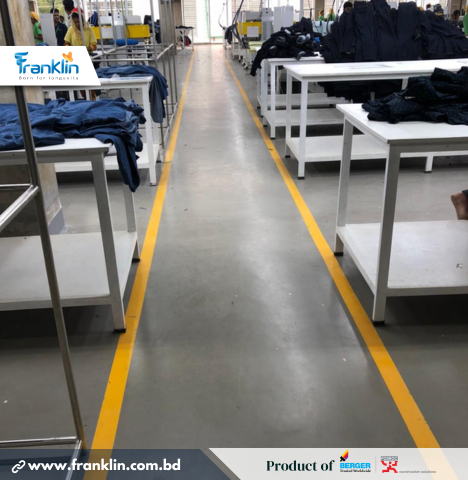
Garment's Factory Floor - Nitoflor Floorcrete PU
Dekko Garments, Mawna, Noyonpur

Kerb Stone Marking
Padma Bridge Approach Road
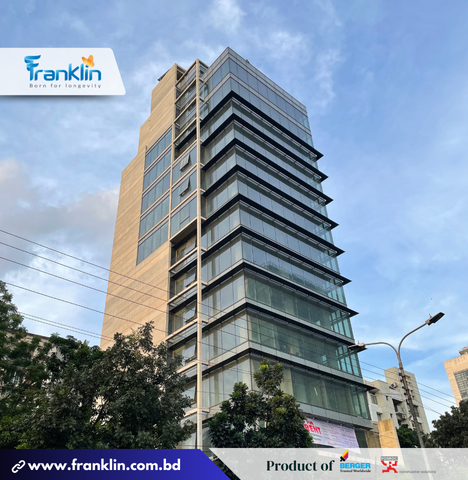
Basement Carparking
B & T Basement Car Parking
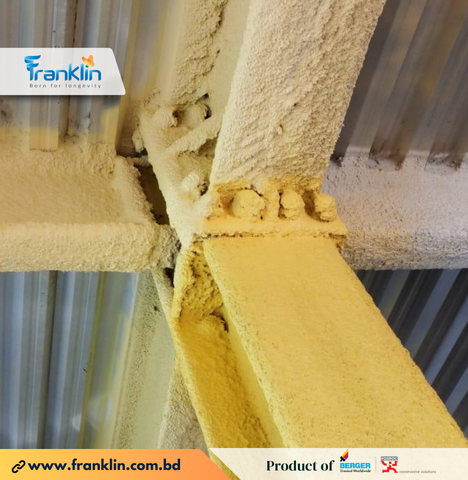
Fireproofing Solution
Fakir Group Knitwares Ltd

4000+
4000+
Completed Projects
300+
300+
Professional Expert Team Members
4000+
4000+
Clients Are Happy In Our Work
1K+
1K+
Highly Skilled Application Team
What Our Clients Say?
“ A game-changer for our industrial space. Tough and reduced maintenance costs. Excellent investment! ”

Dekko ISHO Group
Tapash Kundu“ The quality of Franklin Floortech's PU flooring is impressive. Installation was efficient, and it significantly improved safety and cleanliness in our manufacturing plant. Although it’s a bit pricey, it’s worth the investment. ”

Columbia Washing Plant Limited
Raihan Alamgir Lukan“ The Car parking flooring from Franklin Floortech is solid and reliable. It handles heavy foot traffic and machinery well. Installation was seamless, though it took a bit longer than anticipated. Overall, we are very satisfied. ”

Army Multipurpose Complex
Shifuzzaman“ The quality of Franklin Floortech's PU flooring is impressive. Installation was efficient, and it significantly improved safety and cleanliness in our manufacturing plant. Although it’s a bit pricey, it’s worth the investment. ”

Berger Fosroc Limited
Sanjiv Dutta“ Stands up well to heavy equipment in our factory. Professional installation. A bit expensive but worth it. ”

Urmi Group
Mainul Hasan“ Franklin Floortech's PU flooring has been a great addition to our warehouse. It’s durable, easy to maintain, and looks professional. The initial odor was a bit strong but dissipated after a few days. Highly recommend! ”

Dekko Legacy Group
Sakhawat Hossain

16+ Years of Expertise in Construction Chemicals and Industrial Flooring.
With over 16 years of expertise in construction chemicals and industrial flooring, we provide unparalleled solutions for durability, safety, and efficiency in every project. Trust us for top-tier quality and innovation..
SUBSCRIBE NOW!
Please Create Your E-mail And Subscribe Now*
Call Us Anytime:
+8801715-289292Here are some of our valuable repeat clients







